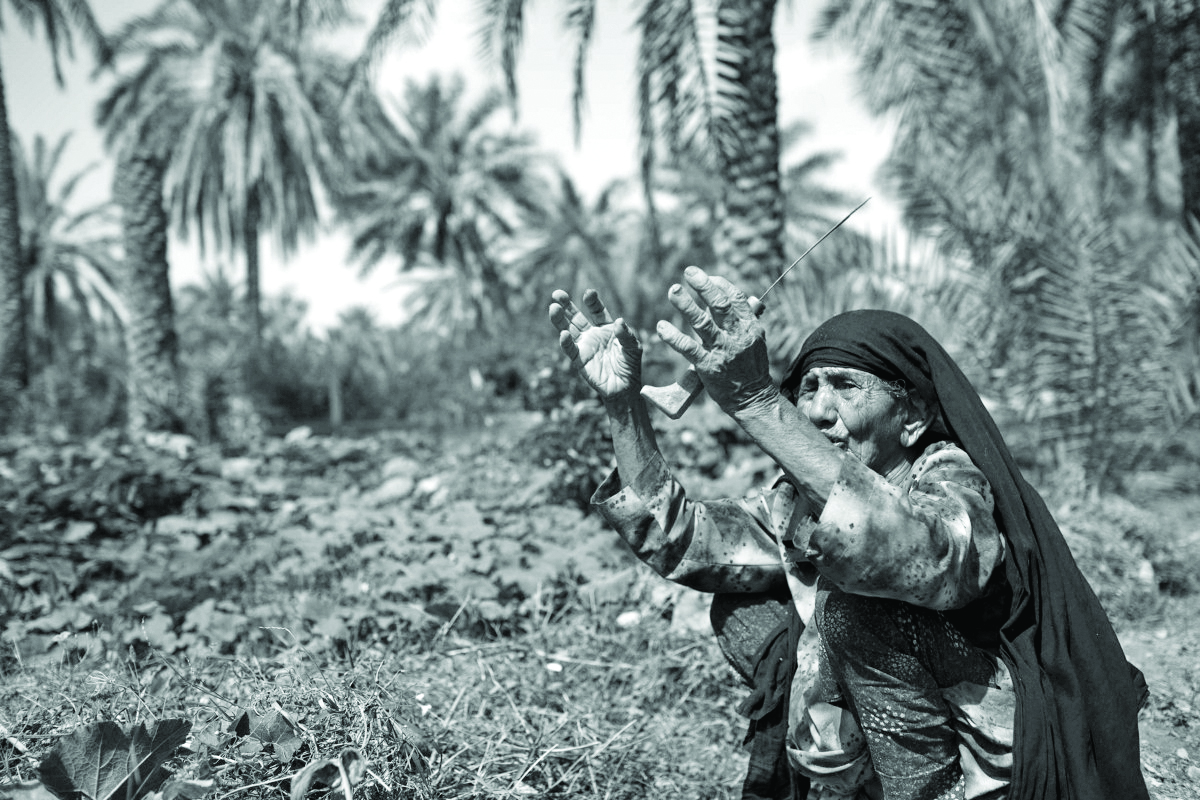
Muscat: ‘Because the best stories are our own’, says the tagline on the website of Pinaki, a Swiss photographer who has photographed hundreds of people and documented their background stories in black and white.
Pinaki’s website is unusual and very unique, for neither does it capture the beauty of a place, nor tell how good a specific product, food or makeup item is, and it does not tell much about the author, himself.
**media[436533]**
What it does is tell the special and exciting stories of ordinary people from throughout the world. So beautifully are the words tied in together with a single photograph that viewers might perhaps want to read them for days.
Subjects might be holy men, old women, possessed teens, troubled people, fishermen or just anybody this creative photographer came across. So what is the idea behind his photography?
**media[436444]**
“The first impulse behind it was that I wanted people to look at my work. While my work, in itself, gives me enormous pleasure, sharing it with others has always been extremely important. I’ve always been interested in the larger picture, never in photography, by itself. And that larger frame involves writing and design,” notes Pinaki.
Interestingly enough, Pinaki worked in Oman for a while, and ventured into the vast expanse of desert to capture rare, unseen shots of people, in the most dramatic way possible. All in black and white, the photographs display minute details of people in a remarkable manner.
Initially, he admits not having a clue about where to go in Oman, so he started travelling into unknown lands, which would perhaps provide better stories for his website.
**media[436532]**
“Most of their suggestions revolved around the usual suspects, the few places that tourists kept going to. Over time, I just started to go to places on the map that looked interesting. I’d pick a spot, my office would hire a LandCruiser, and I’d set off alone. I’d go where I want, stop wherever, sleep over, shoot people I’d meet, and start to communicate with the Bedouin,”recalled Pinaki.
Was language a barrier? Apparently not. “At first, with hand signals and then with a few words of Arabic. It wasn’t a problem, and never is when I travel anywhere. When people see you’re interested in their lives and are making an effort, they like that. You just have to be open enough to make the connection, and they help you,” added Pinaki.
Some of his subjects are not looking at the camera, as they carry on their trade, while some are focused on the lens.For Pinaki’s subjects are deeply expressive, and viewers can see their thoughts through their facial expressions. Pinaki has photographed men, women and children, mostly living in the far interiors of Oman.
Although he has taken pictures in several parts of the world, Oman was the gateway for his later travels.
“I’ve done stories on France, Russia, the Netherlands, Portugal, Switzerland, Germany, Oman, Kuwait, Yemen, Bahrain, the UAE, Iran, India, Thailand and Malaysia. But Oman was the gateway and helped me develop professionally,” added Pinaki. Russia is his favourite country, thus far, with the mix of beauty and misery, both of which he likes to document in his writings.
His popular blog grew out of passion, rather than academics, and he has always been far away from the conventional world. “At first, I started publishing my work online in 2001. I was out of college, unemployed, dreaming of traveling the world, and shooting and writing about faraway places.”
Originally from Bombay, India, Pinaki, 35, now lives in the Emmental Alps of Switzerland.
Speaking of his shooting technique, he says, “Sometimes in Oman I felt that I was shooting blind, zooming in and out without seeing. So I started shooting with just one lens and, over the years, settled on the one that was perfect for me.” He does not shoot any other way.Notes Pinaki, “I have one fixed lens, never use a flash,and I only shoot in black and white. Minimalism and focus is key. As Cartier-Bresson said, ‘It is with the strict economy of means that simplicity of expression is achieved.’”